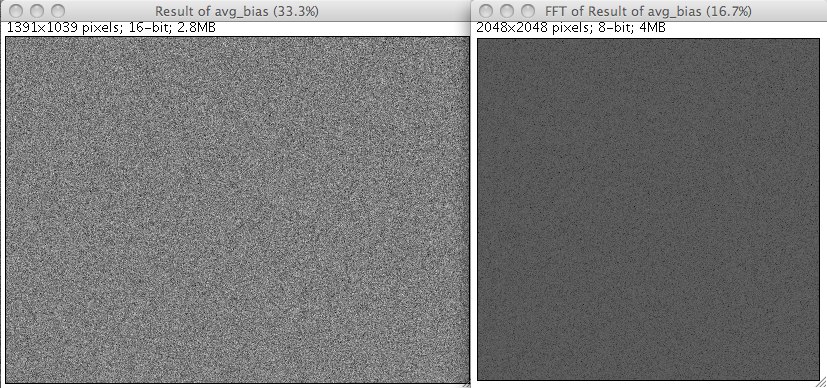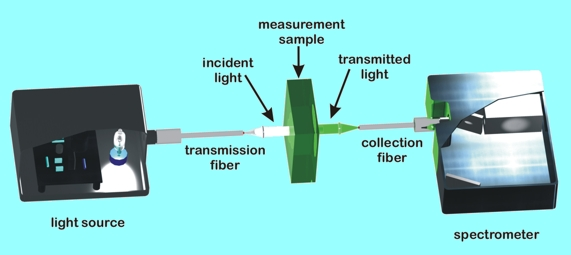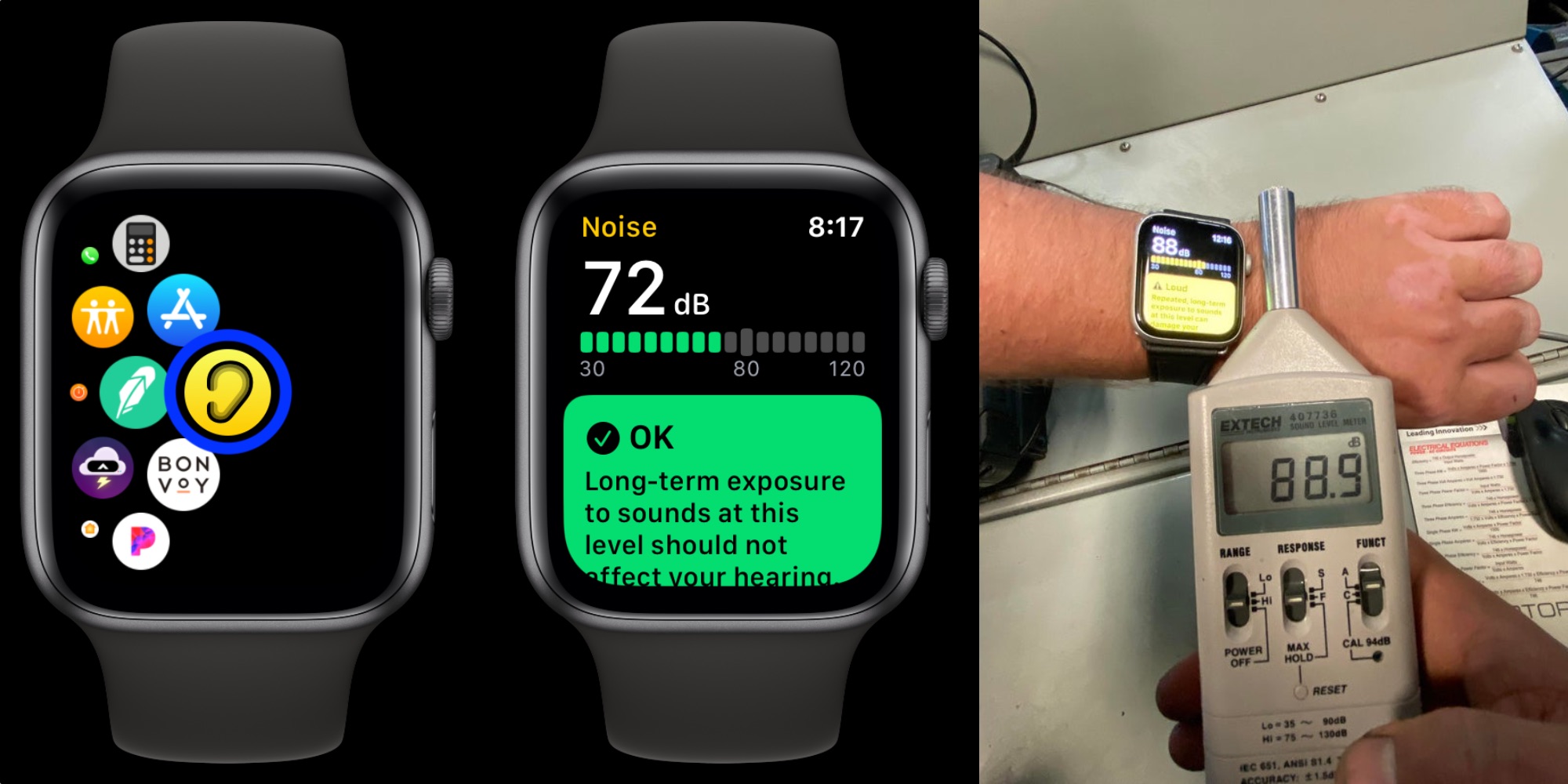

For an electric bandwidth B of the receiver, the mean-square noise current, or equivalently the dark current noise power is 〈 i dk 2〉 = σ dk 2 B. When cooled to –65☌ the dark current has negligible effect for exposures less than 1,000 seconds.A note of caution: the noise calculated is an average and actual measurements will have peak-to-peak values typically 5 times higher than the average noise.Where I D is the dark current of the photodiode which depends on the structure of the pn junction, the doping levels of the material, and the temperature of the photodiode. If we look at the chart above we can see the results of a practical example by calculating the sensitivity - and hence noise - of a DW436 camera for increasing exposure from 1 second to 1000 seconds when the camera is cooled to either –65☌ or –25☌.įrom Specification sheets we can see the Readout noise = 7.5e- 1MHz and the Dark Current at -65☌ = 0.003 e-/pixel/second and at –25☌ is 1e-/pixels/second.Īs can be seen above the higher dark current at –25☌ starts to increase the overall noise with exposures of 10 seconds or more. If we consider the effects of a number of photons P which would generate in a pixel with QE DQE a signal of Ne electrons they will have a noise as defined by Poisson statistics shown here:

The incoming photons have an inherent noise ?signal known as photon Shot noise. The noise arising from the dark charge is given by Poisson statistics as the square root of the charge arising form the thermal effects, i.e.: Cooling further reduces the dark signal and permits much longer integration periods, up to several hours, without significant dark charge accumulation. Some room temperature cameras may have such a low dark signal that it can be ignored for integration periods of a second or less. For the ultimate sensitivity cooling the CCD to temperatures ~-100☌ is still required.

Recent improvements in CCD design have greatly diminished dark noise to negligible levels and reduced their contribution to total read-out noise to less than 10 electrons per pixel at room temperatures. The second source of noise is the dark noise that arises from thermally generated charges in the silicon sensor.

Low noise CCD’s in the past have typically employed very low readout speeds and hence they are often known as Slow Scan CCD's. Over the years readout noise has improved but fundamentally the faster the readout of the camera, the higher the noise due to the increasing bandwidth required. The readout noise is a combination of noise sources, which originate from the process of amplifying and converting the photoelectrons created into a voltage. The readout noise is an inherent property of the sensor and except for EMCCD cameras, which will be covered in a later section, is usually the limit on sensitivity for most cameras. the square root is taken of the sum of the various square of the noises) is calculated as shown here: The total camera noise is the sum, in quadrature, (i.e. The noise from the signal itself: photon noise Here we will concentrate predominately on the three main sources and they are: If a given light signal induces a signal on the camera below the readout noise of the camera it cannot be detected so the total noise of the camera is a useful way to define the sensitivity of the camera.The noise measured by a digital camera comes from a number of sources which will be covered in detail in a later section. The details of photometry (which takes in consideration the human perception of light intensity) versus radiometry which is the absolute measure of light intensity are covered in a later section.


 0 kommentar(er)
0 kommentar(er)
